15 Movie Endings That Left Audiences Stunned
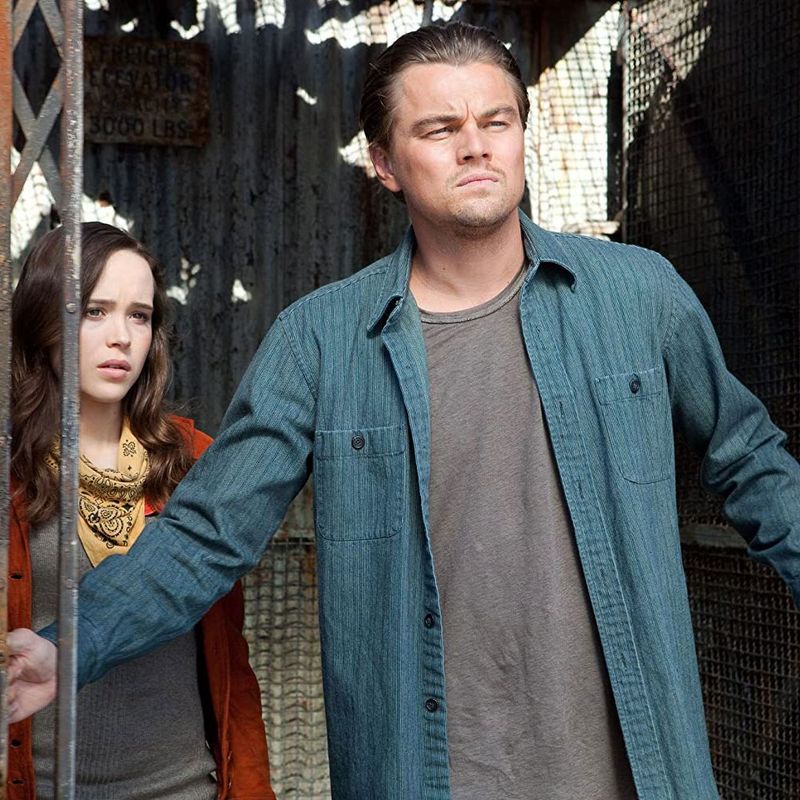
Movies have the power to transport us to different worlds, make us laugh, cry, and sometimes leave us completely speechless when the credits roll. Some filmmakers craft endings so unexpected they change everything we thought we knew about the story. These surprising conclusions stick with us long after leaving the theater, sparking debates and making us want to immediately rewatch to catch all the clues we missed.
1. The Sixth Sense’s Ghost Doctor
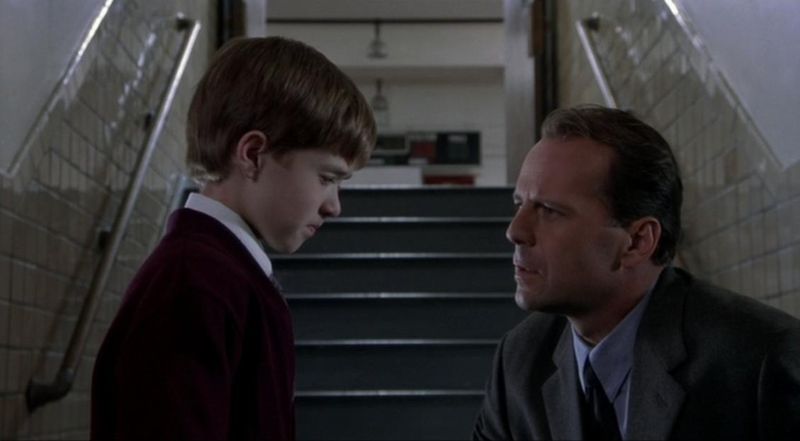
Bruce Willis’s character walks through the entire film as a ghost without realizing it. The revelation hits like a ton of bricks when he discovers the truth – he’s been dead since the opening scene. M. Night Shyamalan planted subtle clues throughout: no one except the boy speaks to him, and he never moves physical objects.
The color red appears as a warning sign whenever the supernatural world connects with reality. This groundbreaking twist transformed how audiences approach mystery films, creating a new standard for shocking endings that hold up under scrutiny.
2. Fight Club’s Imaginary Friend

Edward Norton’s unnamed narrator discovers he’s been battling his own fractured psyche the entire time. The revelation that Tyler Durden isn’t real shatters the fourth wall and restructures everything viewers thought they understood about the narrative.
Director David Fincher masterfully embedded clues throughout – single-frame flashes of Brad Pitt before his character’s introduction, impossible camera movements between characters, and subtle moments where others react to the narrator talking to himself.
The final scene of buildings exploding while The Pixies’ “Where Is My Mind?” plays remains one of cinema’s most iconic moments.
3. The Mist’s Devastating Sacrifice
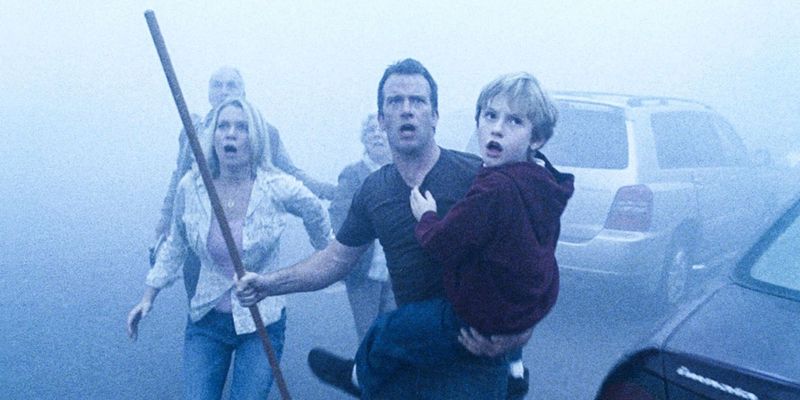
Stephen King himself admitted the film’s ending improved upon his original story. After surviving horrific creatures in a supermarket, David Drayton (Thomas Jane) makes an impossible choice when trapped in a car with his son and three others – mercy killing them with his last four bullets.
The soul-crushing twist arrives moments later when the military emerges from the clearing mist, rescuing survivors. The camera lingers on Jane’s face as he realizes his son’s death was completely unnecessary.
Frank Darabont’s adaptation delivers one of cinema’s most nihilistic endings, exploring how hope can sometimes be more destructive than despair.
4. Se7en’s Box of Horrors
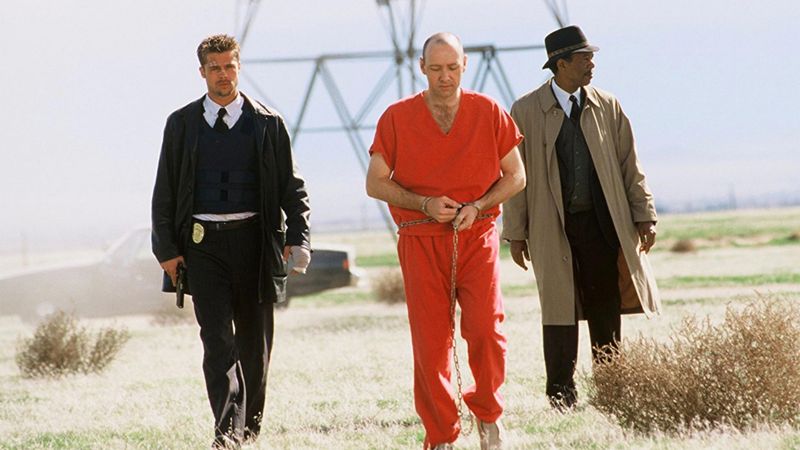
“What’s in the box?” Detective Mills’s anguished question echoes in viewers’ minds long after the film ends. John Doe’s methodical murders based on the seven deadly sins culminate in forcing Mills (Brad Pitt) to become the embodiment of wrath by killing him.
The revelation that the box contains his pregnant wife’s head creates a perfect narrative trap. Mills can either let the killer win by walking away or complete Doe’s masterpiece by killing him in rage.
Director David Fincher never shows the box’s contents, understanding that imagination creates far more horror than any visual could provide.
5. Inception’s Spinning Top

Christopher Nolan’s mind-bending heist film leaves viewers perpetually questioning reality with its final shot. Cobb’s reunion with his children feels emotionally satisfying until the camera pans to his spinning totem – the top that should fall in reality but spin indefinitely in dreams.
The cut to black before revealing whether it topples sparked endless debates. Was Cobb trapped in limbo? Had he finally found reality?
Nolan cleverly constructed the perfect ambiguous ending, suggesting that perhaps the distinction doesn’t matter if Cobb has found emotional peace. The spinning top became a cultural symbol for questioning perception versus reality.
6. Primal Fear’s Manipulative Mastermind
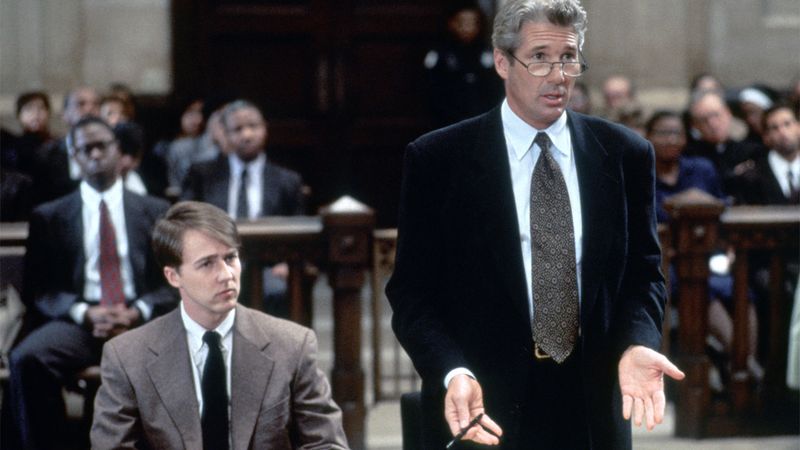
Aaron Stampler transforms from a stuttering, innocent altar boy into a cold-blooded manipulator in seconds. Edward Norton’s breakthrough performance culminates in the shocking revelation that his multiple personality disorder was entirely fabricated to escape murder charges.
“There never was an Aaron,” he taunts his lawyer, revealing the calculated predator beneath. The perfect con leaves attorney Martin Vail (Richard Gere) speechless – he successfully defended a guilty man who played him masterfully.
The film’s brilliance lies in making viewers feel Vail’s shock directly, as we too were completely fooled by Norton’s performance within a performance.
7. Gone Girl’s Perfect Trap
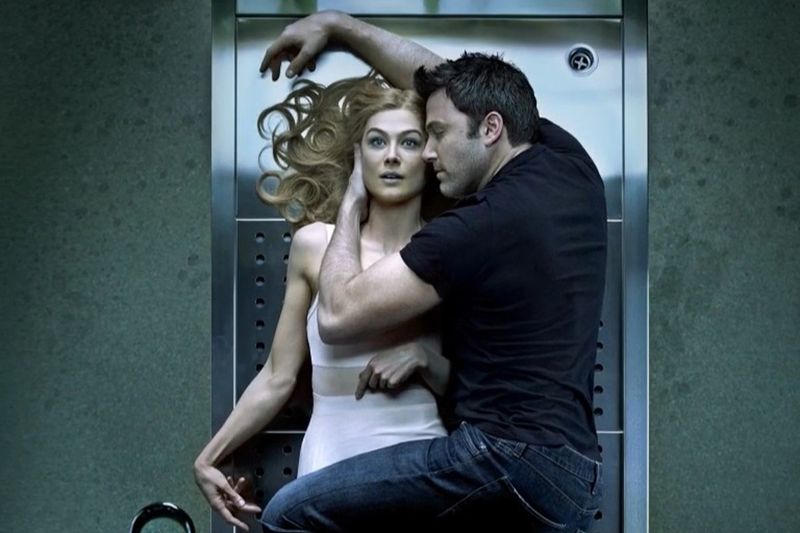
Amy Dunne orchestrates the most meticulously planned fake death in cinema history, only to return home on her own terms. The third-act revelation that she’s not only alive but has masterfully manipulated media, police, and public opinion redefines the entire narrative.
Her pregnancy ensures Nick remains trapped in their toxic marriage forever. Rosamund Pike’s chilling performance makes viewers understand how someone could simultaneously fear and love their partner.
Director David Fincher crafts a perfect modern noir where the femme fatale wins completely, leaving audiences questioning how well they truly know their own partners.
8. Arrival’s Time Perception Twist
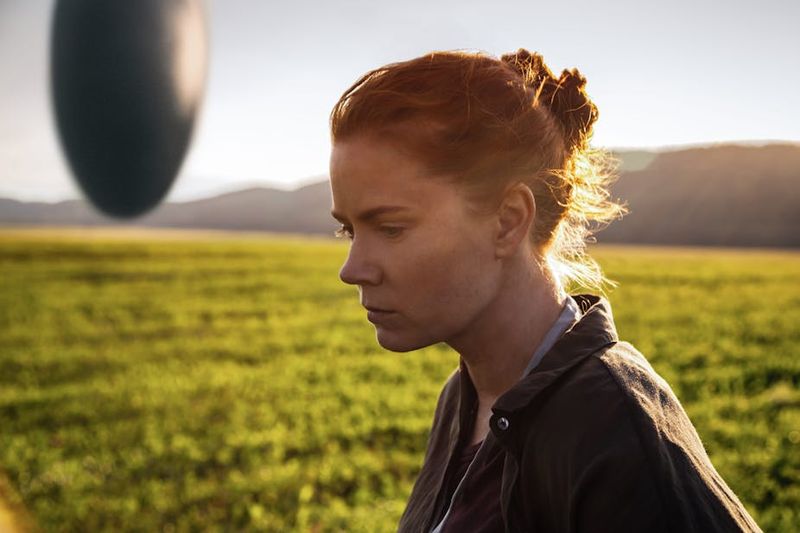
What appears to be linguist Louise Banks’s memories of her daughter who died young are actually visions of her future child. The alien language she deciphers gives her the ability to experience time non-linearly, completely recontextualizing the film’s emotional core.
Director Denis Villeneuve crafts a science fiction revelation that’s simultaneously intellectual and deeply emotional. Louise chooses to have her daughter despite knowing her future includes both great joy and devastating loss.
The film’s circular structure mirrors its themes perfectly – beginning and ending with the same scene that holds entirely different meaning once we understand Louise’s perception of time.
9. Shutter Island’s Patient 67
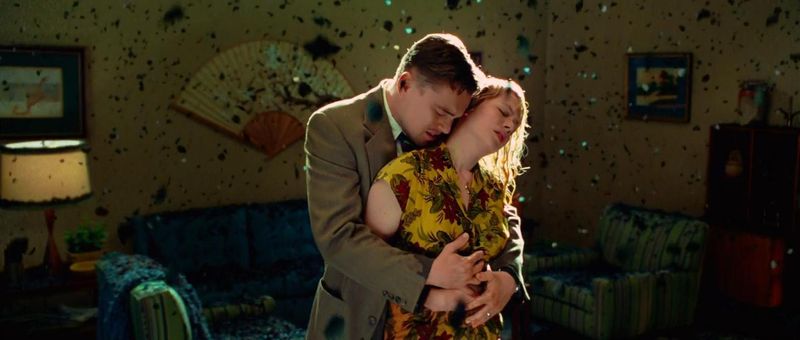
U.S. Marshal Teddy Daniels’s investigation into a missing patient unravels when he discovers he is patient 67. Leonardo DiCaprio’s character created an elaborate detective fantasy to escape the reality that he murdered his mentally ill wife after she drowned their children.
The entire island facility has been orchestrating an elaborate role-play therapy attempting to break through his delusions. His final line – “Is it better to live as a monster, or die a good man?” – suggests he’s choosing lobotomy over facing his guilt.
Martin Scorsese’s psychological thriller reveals its twist early enough that the emotional impact comes not from surprise but from watching Teddy’s choice.
10. The Others’ Ghostly Reversal
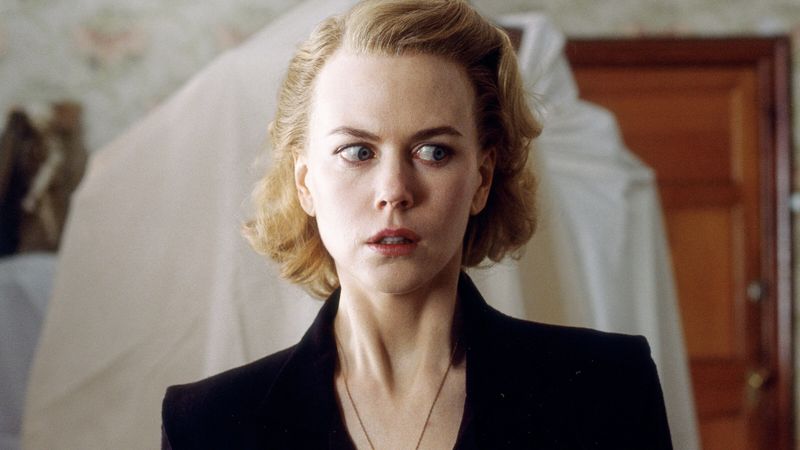
Grace Stewart fiercely protects her photosensitive children from intruders in their isolated mansion, only to discover they’re the ones haunting the house. The revelation that Grace murdered her children before taking her own life during a mental breakdown redefines every seemingly supernatural encounter.
Nicole Kidman’s performance shifts from protective mother to tragic ghost in an instant. The new family moving in – the “intruders” – are actually the living inhabitants trying to coexist with spirits who don’t realize they’ve died.
This Spanish-American gothic horror film brilliantly inverts the haunted house formula, making viewers question perspective in every ghost story they’d seen before.
11. Oldboy’s Forbidden Truth

After 15 years of imprisonment by an unknown captor, Oh Dae-su’s quest for revenge leads to the most disturbing revelation imaginable. The man who imprisoned him orchestrated a complex scheme making Dae-su fall in love with his own daughter without either knowing their relationship.
Director Park Chan-wook creates a modern Greek tragedy where the punishment is knowing the forbidden truth. The final scene shows Dae-su voluntarily undergoing hypnosis to forget the revelation, choosing blissful ignorance over unbearable knowledge.
This South Korean masterpiece examines how vengeance destroys both victim and perpetrator, leaving no one unscathed.
12. Donnie Darko’s Time Loop Sacrifice

A jet engine crashes through Donnie’s bedroom, but he survives because he’s sleepwalking – setting off a month-long alternate timeline involving a man in a rabbit suit, time travel theories, and apocalyptic visions. The film’s mind-bending conclusion reveals this entire reality exists in a unstable tangent universe.
Donnie ultimately chooses to return to his bed, sacrificing himself to restore the primary timeline. His laughter as the engine falls suggests he understands his purpose – to die so others might live.
Richard Kelly’s cult classic blends science fiction, psychological thriller and teen drama into a uniquely philosophical exploration of fate versus free will.
13. Memento’s Self-Deception
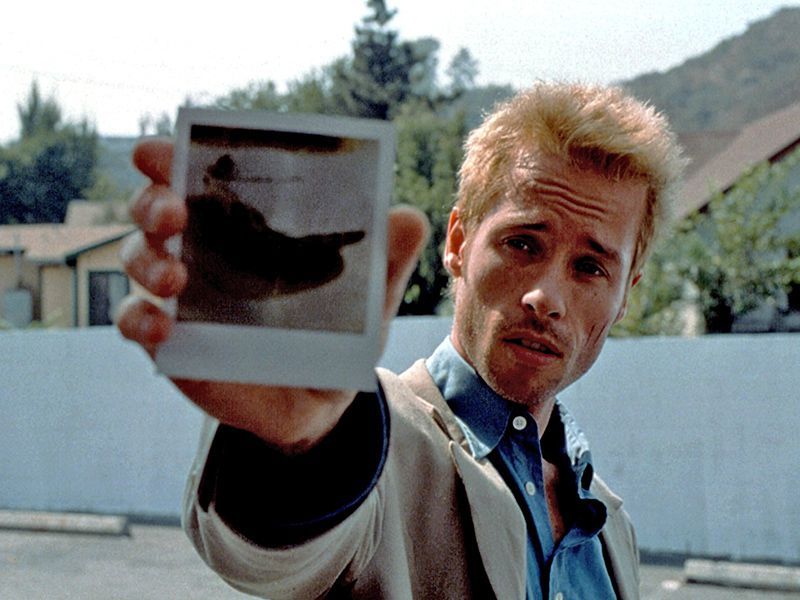
Leonard Shelby’s quest to find his wife’s killer is revealed to be an endless loop he deliberately perpetuates. His short-term memory condition is real, but he knowingly manipulates his future self by leaving misleading clues and photographs.
The black-and-white sequences moving forward in time meet the color sequences moving backward, creating the devastating revelation: Leonard already found and killed his wife’s murderer long ago. Unable to form new memories, he creates new targets to maintain purpose.
Christopher Nolan’s breakthrough film makes viewers experience Leonard’s confusion directly through its reverse chronology, delivering a perfect noir exploration of identity and self-deception.
14. Requiem for a Dream’s Descent
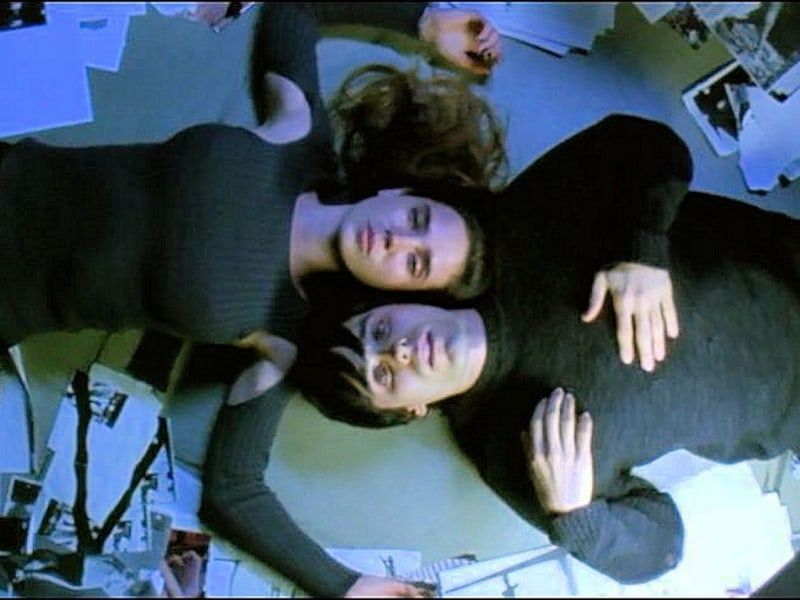
Four characters chase different dreams that spiral into addiction nightmares. Unlike traditional narratives offering redemption, Darren Aronofsky’s unflinching film concludes with each character reaching their personal rock bottom simultaneously in a devastating montage.
Sara Goldfarb hallucinates in a mental institution after diet pill abuse. Her son Harry loses an infected arm from heroin use. His girlfriend Marion sacrifices her dignity for drugs. Their friend Tyrone endures prison withdrawal in the South.
The film’s power comes from its refusal to offer catharsis, instead creating a visceral warning about addiction’s destructive path through its rhythmic editing and Clint Mansell’s haunting score.
15. La La Land’s Alternate Reality
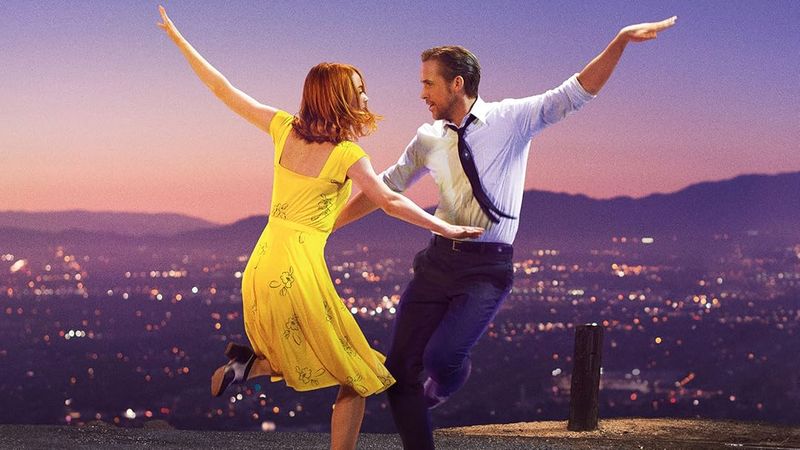
Mia and Sebastian’s love story concludes with a bittersweet epilogue five years later. After their paths diverged – she to acting success, he to opening his jazz club – they briefly reconnect when she visits his venue with her husband.
What follows is a breathtaking “what if” fantasy sequence showing the life they might have shared had different choices been made. The dream dissolves back to reality where they exchange knowing smiles, acknowledging both their love and its impossibility.
Damien Chazelle’s modern musical masterfully subverts the genre’s happy ending tradition, suggesting that sometimes success requires sacrifice of other dreams.

Comments
Loading…